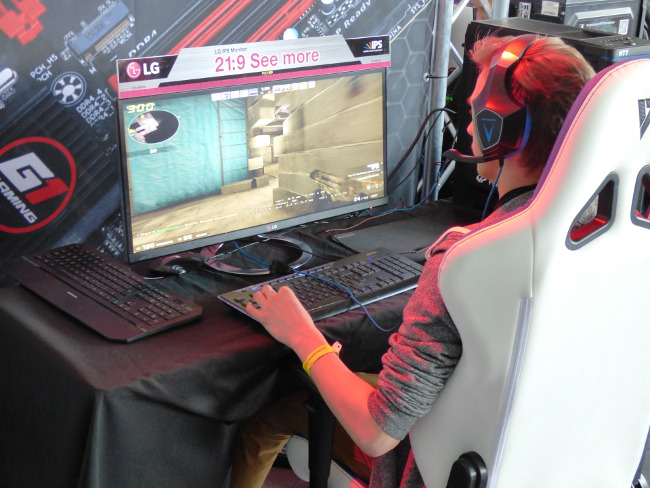Gaming is technology. So for the industry to remain at its peak, it has had to adapt to new technologies. This doesn’t mean simply updating to suit better graphics cards or making bigger games for devices with more capabilities. It’s about embracing the trends of the audience and incorporating it into gaming.
Connecting gaming consoles and devices to the internet was a huge move as, along with the formation of some new game modes and the setting up of servers, it allowed for players to play online with others. It added a new meaning to gaming, a new level of competition which people have embraced fully. The added level of social interaction was key, through the likes of microphones, because – as we’ve seen by the eruption of social media – people seek ways to communicate with other like-minded people.
But players wanted more. Players needed to immerse themselves in the games. So, gaming embraced and integrated itself with live streaming technology. With this, not only could players experience real-time gaming first-hand, but they could also watch elite-level players perform in real-time while communicating with them.
Now, live streaming technology is so advanced and so integrated into gaming that it has bolstered it to a new level.

Live streaming bringing a new level to gaming
The fact that Amazon purchased the popular live-stream gaming site Twitch for $970 million back in 2014 pretty much sums up how integral live streaming is to gamers these days. Since the purchase nearly four years ago, live streaming services like Twitch have only become more popular.
To the uninitiated, Twitch appears to merely be a method of gamers showing videos of actions that they’ve taken in games which to fellow players of those games can bring entertainment. But what Twitch does is create communities. Gamers stream what they’re doing in the game while a camera streams their live reactions while, at the same time, viewers are commenting on the events and the streamer is chatting to those commenting.
Streamers simply create a channel, which in turn builds a community and works as a social media. Anyone who enjoys one of their videos or live streams will subscribe to the channel and maybe even donate some money to them. From there on, whenever the player starts a live stream, their followers are alerted and they join the stream to watch and comment.
Interactive live streamed games
One of the most popular forms of online gaming, since the dawn of the internet, has been that of online casino gaming. The industry is huge and attracts players from all over the world. However, one of the sticking points for many potential players was that playing video versions of classic casino games was nothing like playing at a land-based casino. There wasn’t the social interaction, and the play would simply involve pressing a button for the results to be simulated and presented.

Then came live streaming, which game developers decided to utilise to create an immersive and authentic gaming experience. But to make the games playable in real-time with a live-streamed table, the use of Optical Character Recognition was needed. The process of Optical Character Recognition coupled with truly live streaming allows for dealers and players to play the game in real time with real results.
This technology has enabled a complete player base to be formed at online casinos. The immersive experience of playing a game live but while in the comfort of the player’s own home or even while on the go has transformed the industry to the point where it can offer a very similar experience to that of a brick-and-mortar casino. Jackpot 247 – home of the best live roulette experience – for example, has been flooded with players seeking the authentic gaming that comes from live streaming technology.
Live streaming has transformed gaming into a completely different entity to what it was merely a decade ago. Now, players can immerse themselves in the games and get a completely new experience for their live streaming interactions.






















